Press Release: Veritas Press C.I.C. Author: Kamran Faqir Article Date Published: 25 Aug 2025 at 13:27 GMT Category: Europe | Politics | Venezuela | Energy Source(s): Veritas Press C.I.C. | Multi News Agencies
What Washington Says And What It Does:
On August 7, 2025, the U.S. raised its bounty for information leading to the arrest of Nicolás Maduro to “up to $50 million.” The State Department’s Maduro page was updated to reflect the increase, while Attorney General Pamela Bondi touted the decision in a video, framing Maduro as a top narco-trafficking threat.
Bondi and Secretary of State Marco Rubio (Trump’s nominee) have repeatedly tied the criminal case to cartel narratives, alleging links to Tren de Aragua and Sinaloa, even as the administration also moved U.S. Navy assets toward Venezuela under a counternarcotics banner. Reuters reported both the bounty hike and the deployments, and CBS/AP confirmed the USS Gravely, USS Jason Dunham, and USS Sampson were tasked to the Caribbean for a months-long operation billed as counter-drug interdiction.
Venezuela’s response has been equally public. Foreign Minister Yván Gil called Washington’s accusations “lacking credibility” and proof of policy failure, while Maduro announced the mobilisation of millions of militia members and imposed a temporary drone ban (a pointed reminder of the 2018 assassination attempt).
Energy Security, The Quiet Part Said Out Loud:
Strip away the rhetoric, and the deployment timeline syncs with a material development next door: ExxonMobil’s fourth FPSO (“One Guyana”) started up on Aug. 8, 2025, taking Guyana’s Stabroek Block capacity over 900,000 b/d, a breathtaking ramp for a country that produced virtually nothing a decade ago. That expansion is run by an Exxon–Chevron (via Hess)–CNOOC consortium, and U.S. officials have repeatedly linked deterrence messaging to any threats against Exxon’s offshore assets. Rubio warned in March that “an attack on Guyana or Exxon would be a bad day for Venezuela.”
The Essequibo dispute remains before the International Court of Justice, which in late 2023 ordered Venezuela not to alter the status quo while the case proceeds. Yet 2025 has seen new friction: Guyana accused a Venezuelan naval vessel of entering an Exxon block; President Irfaan Ali vowed to inform partners and the ICJ. The United States has conducted joint maritime exercises with Guyana and signalled security support. These are not abstractions: they are kinetic, sovereign-risk events around a U.S.-aligned super-giant oil province.
Bottom line: the force posture and legal pressure track closely with the protection of Western energy stakes in Guyana as much as with any drug interdiction logic.
The Record: Two Decades Of Coercion, Mixed With Covert Edges.
Declassified U.S. documents show Washington had foreknowledge of a coup attempt against Hugo Chávez in April 2002; the National Security Archive published CIA briefs flagging dissident military conspiracies days before Chávez was briefly ousted. The same archive traced how groups involved received money via the National Endowment for Democracy, despite official arm’s-length claims.
When open support for insurrection became too politically costly, policy shifted to financial sanctions and diplomatic isolation. A large scholarly literature, synthesised by CEPR and others, finds that sanctions degrade living standards and increase mortality; Jeffrey Sachs called the Venezuela measures “fruitless” and “heartless,” arguing they aimed to wreck the economy to force regime change. Whether one agrees with the rhetoric, the empirical consensus is that broad sanctions hurt ordinary people.
The “maximum pressure” period (2019–2020) culminated in recognition of Juan Guaidó and episodic covert fantasies like Operation Gideon, a mercenary raid that collapsed within hours, reported in granular detail by AP at the time, highlighting the perils of outsourcing regime change to privateers. Think-tank autopsies from Brookings later described maximum pressure as a “dead end” that hardened Maduro’s resilience.
2025: Legal Warfare Plus Naval Signalling.
The 2025 bounty escalation is not a legal novelty so much as a political accelerant layered onto a 2020 indictment. In parallel, the Pentagon’s movement of Aegis destroyers (and an amphibious squadron on order) broadcasts capability far beyond typical Coast Guard drug cases. Even U.S. defence outlets noted the mismatch between amphibious assault formations and routine interdiction, implying broader signalling to Caracas, and, by extension, to Guyana’s offshore.
Venezuelan officials cast this as a manufactured pretext. Gil’s statement about “lack of credibility” is consistent with long-standing claims by Defence Minister Vladimir Padrino López that “narco-state” labels are casus belli narratives in search of intervention. On the U.S. side, officials underline cartel designations (e.g., Tren de Aragua) and link them to migration and fentanyl politics; Reuters and others have recorded the new terror-designation architecture and the border-security frame. Both stories can be true: cartels exist and traffic drugs, and the timing/use of military instruments is inseparable from energy geoeconomics.
Follow The Barrels, Follow The Leverage:
This is where sanctions policy intersects with oil market math. Analysts canvassed by S&P Global and others argue the Trump team could cancel most Venezuela licenses except Chevron’s, shaving output from just under ~0.9 mb/d toward ~0.5 mb/d, in line with pre-license baselines, unless a migration-for-oil deal emerges. Chevron has argued that keeping its license supports U.S. gasoline prices and Gulf Coast refinery slates; and U.S. EIA data showed renewed imports in 2024–2025, albeit modest. (S&P’s numbers and quotes from Nick Blanco, Ryan Berg, and David Goldwyn, the latter forecasting a “contain China + migration over democracy” priority, were reported across energy trade press.)
Meanwhile, Guyana rises as Venezuela stumbles: Exxon’s 900,000+ b/d now and 1.7 mb/d by 2030 are not aspirational headlines but project-financed timelines. Protecting that flow, amid ICJ litigation and Venezuelan maritime probing, is U.S. strategy-by-outcome, whatever the talking points say.
Human Costs And Democratic Fog:
Inside Venezuela, groups like Foro Penal continue to document political prisoners, while the opposition’s Edmundo González Urrutia remains outside the country and María Corina Machado faces legal jeopardy, live issues in 2025 coverage. Critics argue that U.S. pressure hasn’t produced democracy; it has produced scarcity, emigration, and alignment with Russia, China, and Iran, a judgment shared (in varying tones) by Brookings and former U.S. officials who now counsel pragmatism.
Venezuela touts its Bolivarian Militia, millions of volunteers, territorial defence, people’s-war doctrine, as a sovereignty shield. Whether the militia is a credible deterrent against U.S. naval power is debatable; what’s not is the political utility of mass mobilisation in a crisis, and the way it binds domestic legitimacy to anti-imperialist confrontation. (Maduro’s militia and drone restrictions were reported by AP/CBS; official rhetoric is abundant in Venezuelan state media.)
What A Sober Reading Of Evidence Suggests:
- Pretext vs. purpose. The cartel/terror frame creates a legal-political ladder to climb, but the operational pattern, timing, platforms deployed, and diplomatic messaging maps cleanly onto the protection of Western energy stakes in Guyana and coercive leverage over PDVSA. Rubio’s “bad day for Venezuela” warning if Exxon/Guyana are touched is an unusually explicit linkage.
- Effectiveness. Two decades of sanctions/recognition/covert gambits haven’t unseated Chavismo. Authoritative retrospectives (Brookings) deem maximum pressure a dead end that hardened regime survival strategies, while CEPR marshals peer-reviewed evidence that broad sanctions harm civilians and can increase mortality. The ethical and strategic case for collective punishment remains weak.
- Escalation risks. Destroyers and amphibious groups can deter, and miscalculate. In a theatre with high-value offshore assets, unsettled borders, and politicised criminal designations, the off-ramps narrow as military signalling piles up. The ICJ track offers a lawful venue; bypassing it invites a spiral in which energy security doubles as a crisis driver.
The Investigative Takeaway:
If you line up the public facts, the 2025 “narco-terror” offensive looks less like a new counter-drug campaign than the latest iteration of energy-statecraft: apply legal pressure (bounties/sanctions), move naval chess pieces, and message deterrence to secure the hemisphere’s fastest-growing U.S.-aligned oil province while constricting a rival’s capacity to monetise the world’s largest reserves. That’s not a conspiracy; it’s how power and hydrocarbons have cohered in the Americas since at least 1953. The language is different; the incentives are not.
Notes on sources & quotes (selected)
- Bounty & framing: U.S. State Department Maduro page update (Aug. 7, 2025) and AG Pam Bondi announcement/video.
- Destroyer/amphibious deployments & rationale: Reuters, CBS/AP pickup (USS Gravely, Jason Dunham, Sampson; months-long counternarcotics), Defence/industry outlets on amphib readiness and missions.
- Venezuelan rebuttal: FM Yván Gil’s quote rejecting drug-trafficking claims.
- Exxon/Guyana ramp & U.S. deterrent messaging: Reuters on One Guyana FPSO start-up; Rubio’s “bad day” warning; Reuters/AP on Guyana’s protest over Venezuelan naval incursions and U.S. exercises.
- 2002 coup foreknowledge & NED funding: National Security Archive document collections.
- Sanctions & humanitarian impact: CEPR research synthesis; Sachs quote; broad literature review on sanctions’ harm.
- Maximum pressure post-mortem: Brookings’ “dead end” assessment.
In Summary: A Conflict Scripted in Washington’s Old Playbook, But With New Global Stakes.
The unfolding confrontation between Washington and Caracas is not a spontaneous defence of democracy, as U.S. officials claim. It is the continuation of a decades-old script, one that has toppled governments from Guatemala in 1954 to Chile in 1973, always under the banner of freedom but invariably shadowed by the interests of corporations and strategic control.
“Whenever the U.S. talks about restoring democracy, it usually means restoring access to resources,” argues Alfred de Zayas, former U.N. Independent Expert on International Order, who labelled U.S. sanctions on Venezuela a “crime against humanity.” These measures, which CEPR economists Mark Weisbrot and Jeffrey Sachs linked to over 40,000 excess deaths in 2018 alone, reveal the human cost of weaponised economics.
Meanwhile, Trump’s team couches its actions in the language of anti-narcotics and regional security. Yet even former DEA officials admit that drug flows to the U.S. primarily originate from Colombia, not Venezuela. Eva Golinger, author of The Chávez Code, calls these allegations “fabricated narratives designed to delegitimise an adversary.”
What stands out in 2025 is not the originality of U.S. tactics, but their escalation amid global geopolitical recalibration. As Washington retreats from Eastern Europe, it seeks to reassert hemispheric dominance through maritime deployments and regime-change ultimatums. “The United States is sending a message,” warns Ryan Berg of CSIS, “that the Monroe Doctrine is alive.” But as Mexican President Andrés Manuel López Obrador stated bluntly:
“Latin America is not the backyard of anyone. Military aggression will only bring chaos.”
This new cycle of confrontation risks triggering a proxy flashpoint in the Caribbean, with Russian drones, Iranian advisors, and Venezuelan militias preparing for asymmetrical warfare. Analysts like Fernando Ferreira (Rapidan Energy Group) caution that “an uncontrolled spiral could disrupt global energy markets and ignite a regional crisis not seen since the Cuban Missile Crisis.”
At its core, this is a battle for oil, for strategic leverage, and for geopolitical symbolism. ExxonMobil’s concessions in Guyana’s Essequibo region have become the pivot for U.S. policy, an uncomfortable truth rarely acknowledged in official briefings. Democracy promotion? It is the fig leaf for what Venezuelan sociologist Emiliano Terán Mantovani calls “a new energy imperialism wrapped in humanitarian discourse.”
If Washington proceeds down this path, escalating sanctions, bounty hunts, and military deployments, it risks repeating the very failures of the last two decades: failed coups, botched invasions, and an increasingly entrenched Bolivarian state aligned with U.S. rivals. “Every intervention has strengthened Chavismo rather than destroyed it,” notes journalist Anya Parampil, whose investigations have tracked U.S. funding to opposition networks.
The question now is not whether the U.S. can overthrow Maduro by force. History suggests it cannot. The question is whether the U.S. is willing to ignite a Caribbean powder keg, sacrificing stability and human lives to maintain corporate and geopolitical supremacy.
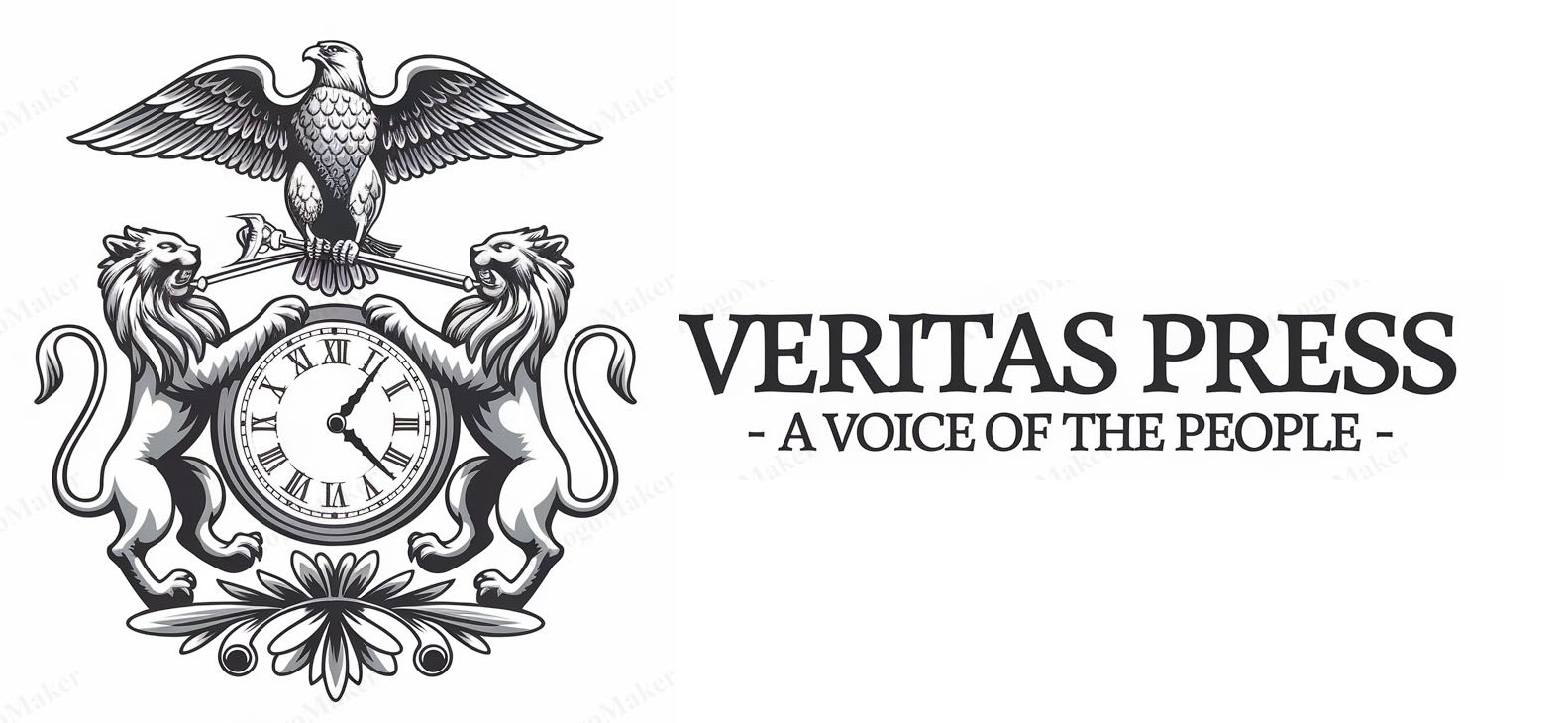

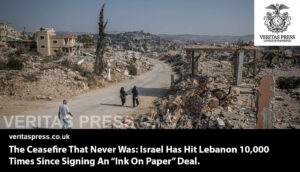




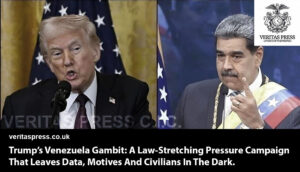

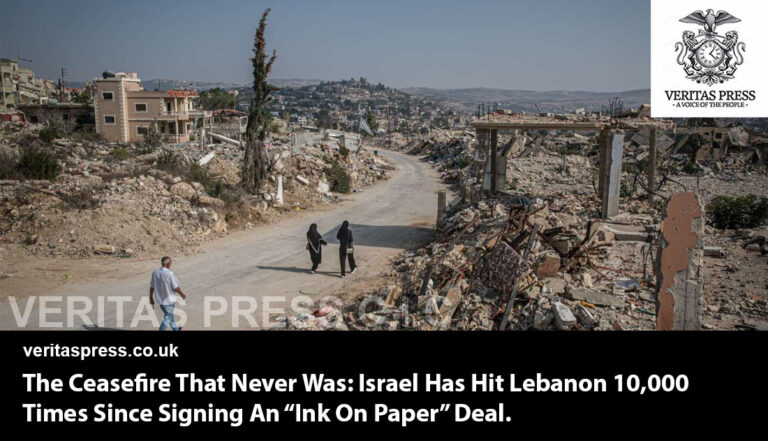

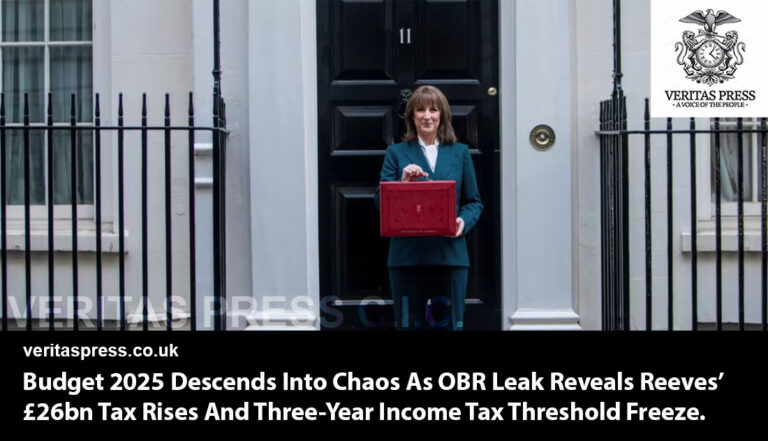
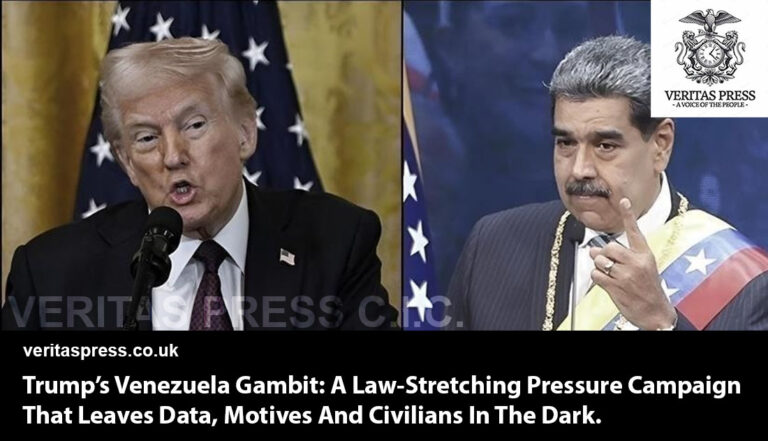




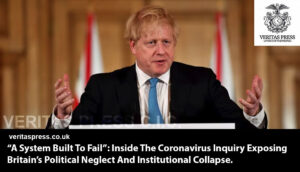
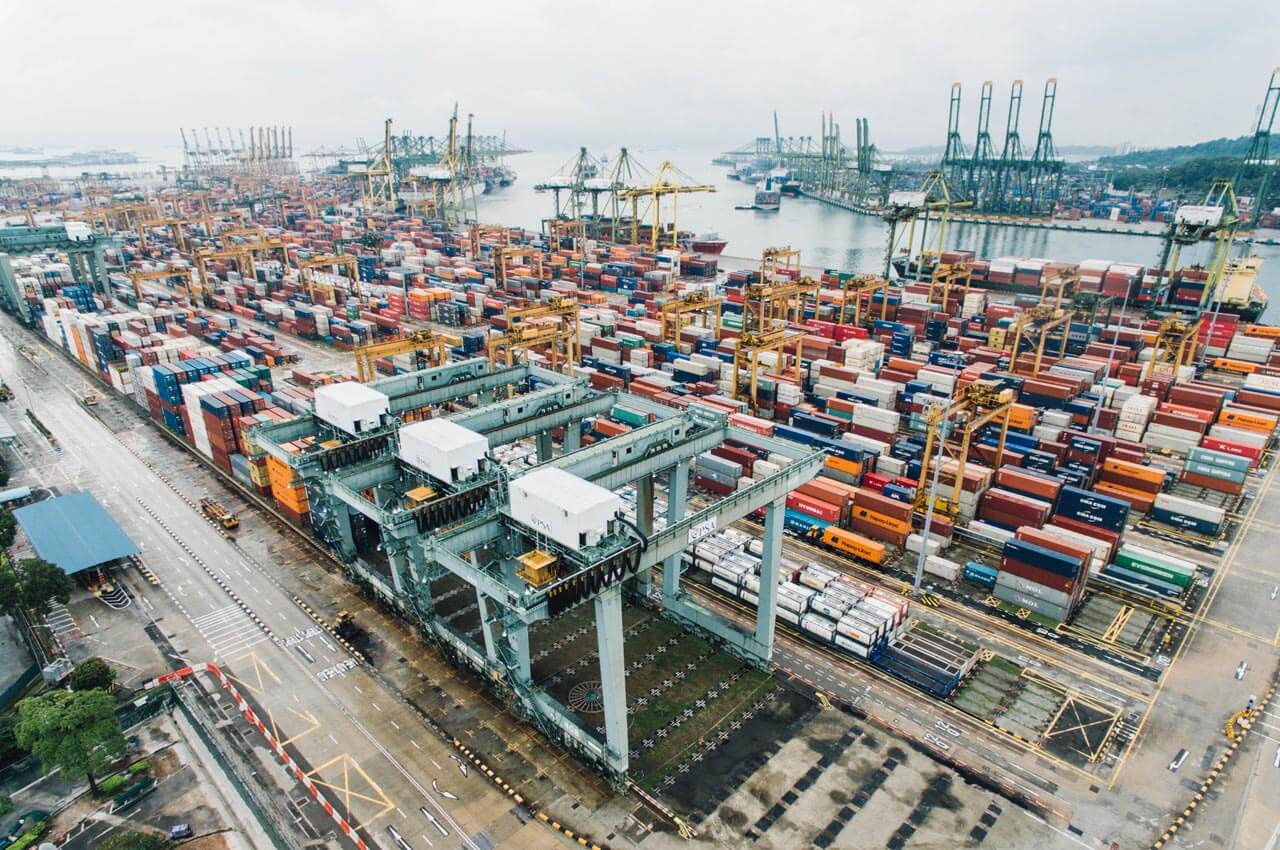



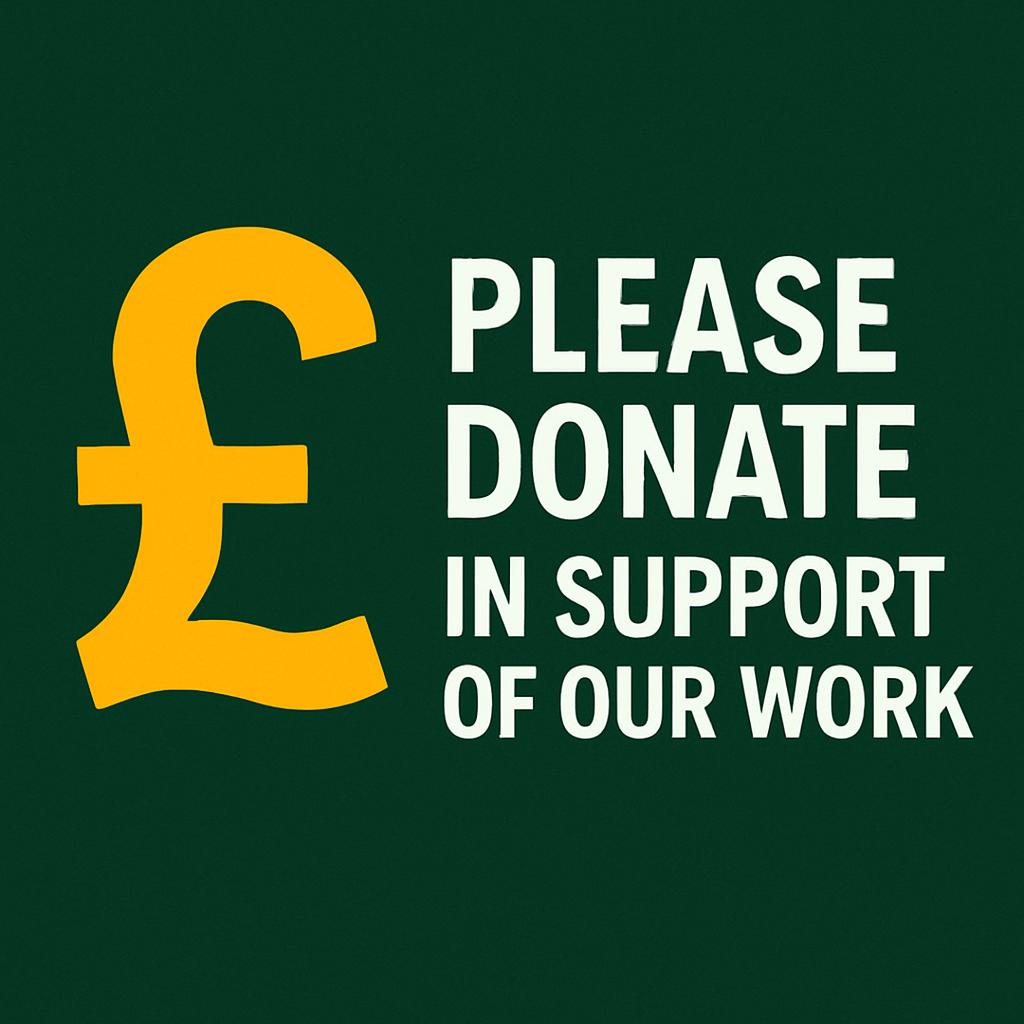




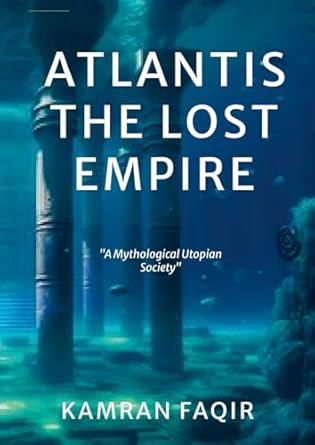
Leave a Reply